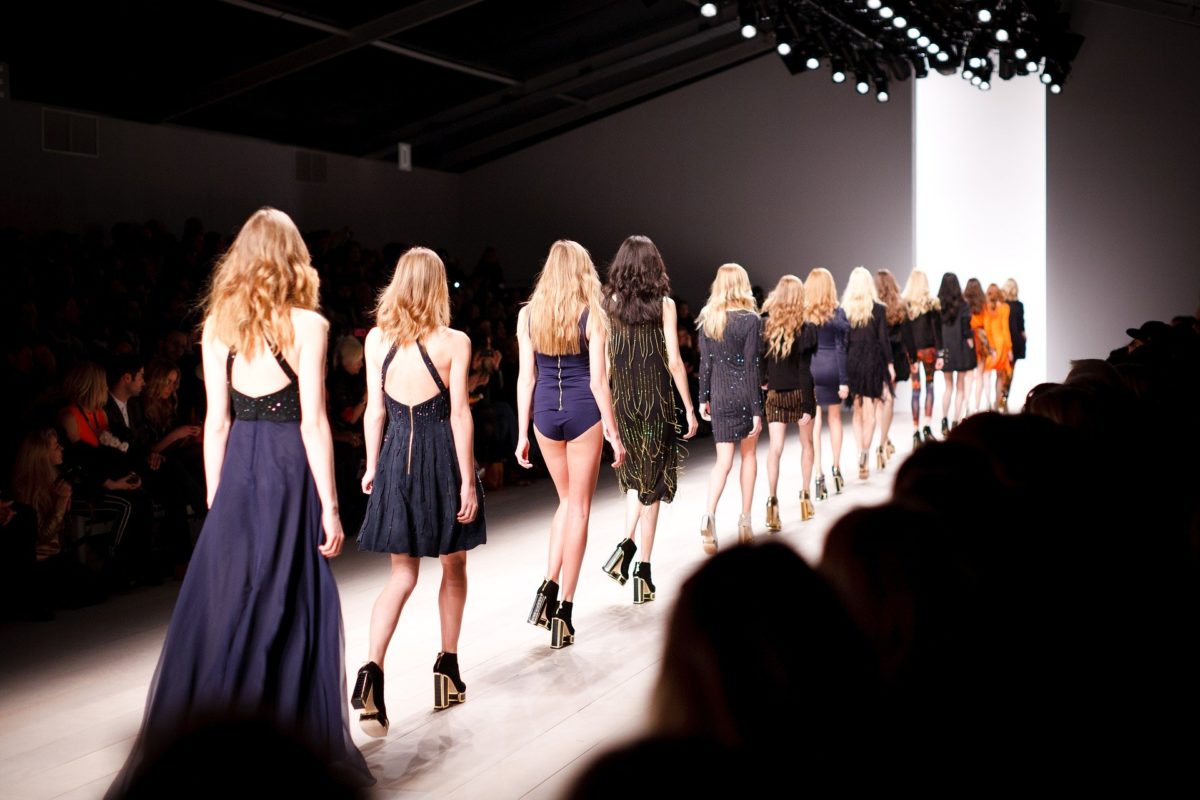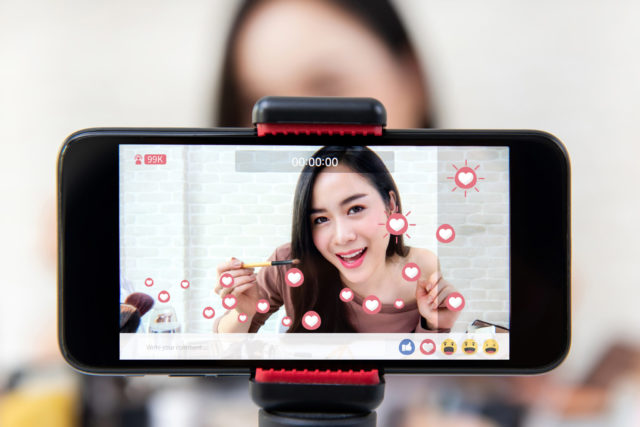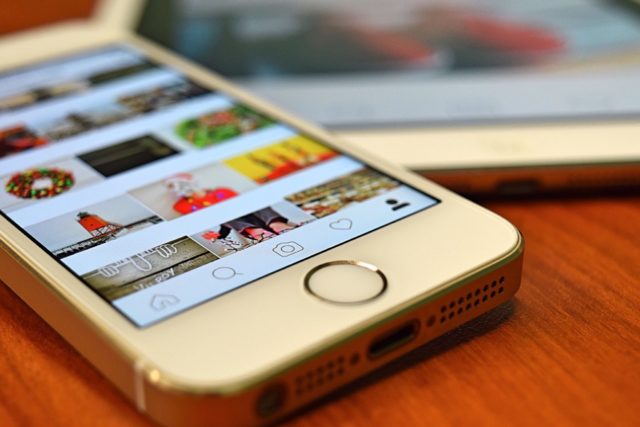The 2010s have certainly been a tumultuous decade. From several shock general elections, to major sporting events, countless celebrity marriages and divorces, the explosion of social media and much more; it’s been a decade to remember.
2010 seems a world away from the one we live in today, and one industry that would certainly agree with this is fashion.
What was once regarded as a fiercely elite, exclusive industry that could only be accessed by a select few, has been completely turned on its head; and this is largely down to the way that we, as a customer, consume content.
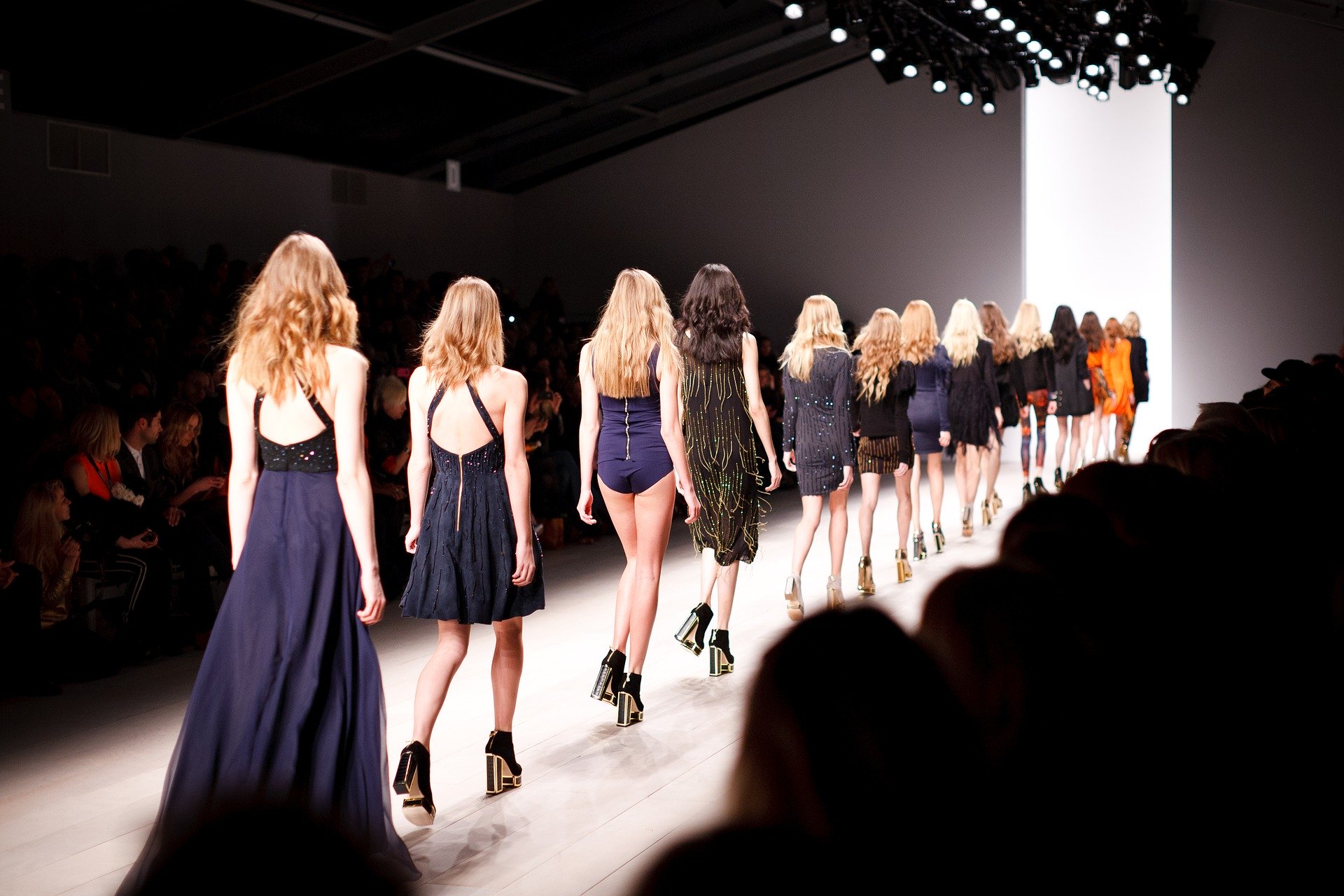
Holograms on runways
In 2011, Burberry sent a mixture of real models and holograms down the runway for its Beijing store opening; around the same time that German designer Stefan Eckert collaborated with motion graphics designer, Tim Joeckel, to host a runway show that featured exclusively hologram models.
This wasn’t the first time it happened – rewind to 2006, when Alexander McQueen showcased a hologram of Kate Moss wearing a breathtaking organza gown – but it brought about a lot of conversation.
It was, in its time, controversial. With cutting-edge technology available to them, many designers saw this as an opportunity; yet others were sceptical, believing designs were best showcased on a real human body.
Technology won though, and in 2018, a holographic video of Ashely Graham was created, using Microsoft’s volumetric capture technology. With 100 cameras capturing her at every single angle, iPhone users who had downloaded the New York Times app were able to project a hologram of Ashley, as she walked down the runway and posed. The video, titled “Ashley Graham, Unfiltered” saw the model discuss issues surrounding body image.
Live-streaming of fashion shows
London, Paris, Milan, and New York: notoriously difficult to get a ticket in the past; fashion shows were originally created for the press, and store buyers only.
But all of that changed in the 2010s, and you could say it was largely down to the humble blogger, who, once invited to these exclusive fashion shows, would upload content to their blog and social media channels for followers to see.
The first fashion show to be live-streamed was Burberry, back in 2010 at London Fashion Week. Calvin Klein and Marc Jacobs quickly followed suit in New York.
In 2014, it was announced that while 100,000 people had attended New York Fashion Week, more than 2.6 million people had live-streamed the shows; and since then, brands have never looked back. At NYFW SS2020, 60 shows were live-streamed, including the likes of Anna Sui, Badgley Mischka and Rag & Bone.
It’s not just what’s happening on the runway that’s capturing the interests of consumers, it’s behind-the-scenes too; with models, makeup artists and hairstylists offering sneak previews ahead of the show.
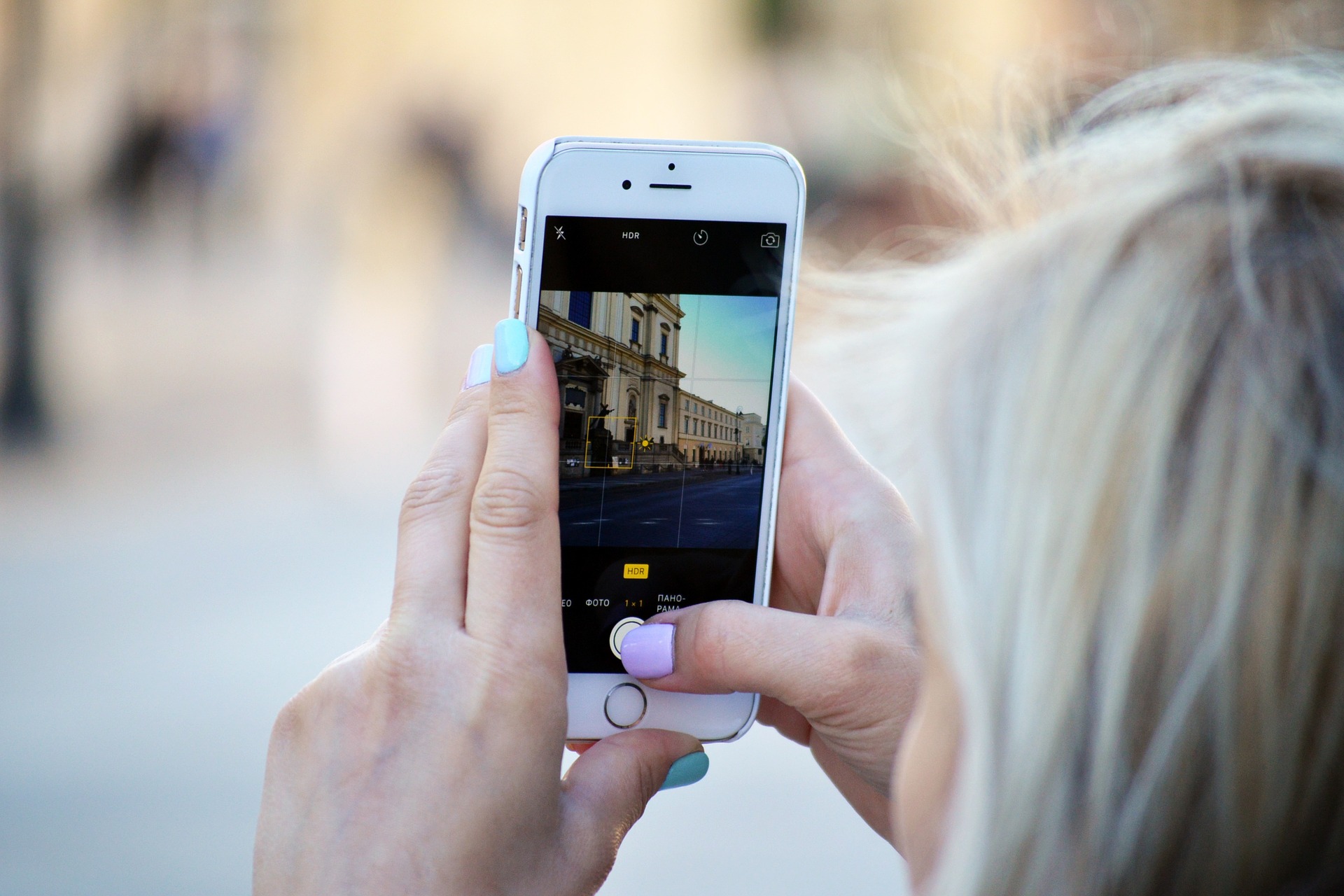
The birth of the micro-influencer
OK, so it’s widely acknowledged that the first influencer collaboration dates back to 1760, when a potter made a tea set for the Queen of England; but no one can dispute the fact that the 2010s was the decade where influencers became increasingly powerful; and basically invented an entirely new career opportunity.
Instagram opened up that possibility, providing a new way for consumers, bloggers and brands to communicate with each other. As influencers posted more #sponsored content, and collaborated with brands; agencies managing these relationships started to open.
Fast-forward to the latter part of the decade, and Instagram reached 1 billion users, and Google had 61,000 ‘influencer marketing’ searches a month.
Everyone has likely heard of a handful of 2010’s most famous influencers: including Victoria of In The Frow, Tanya Burr, Josefine H.J., Rianne Meijer and many more, but the end of the decade saw another trend form: micro-influencers.
Instagrammers with a following of 10,000 or less, they soon became the ones to watch, with engagement rates of 60%, driving 22.2% more conversions than the average Instagram user. This is one trend that provides the fashion industry with plenty of opportunities, with 157 million micro-influencers to choose from!
Over the last decade, the fashion industry has realised the benefits of influencer marketing; and one example of a brand using influencers to their advantage is Brandy Melville. Back in 2016, they took a road trip with influencers who portrayed their free-spirited, American lifestyle; posing for pictures all across California. During that month, they received over 9.3 million likes on Instagram, and gained 53,000 new followers – equating to a 1.6% increase.
Instagram has recently announced that they’ve rolled out a new dashboard to enable influencers to find and manage brand deals, and share insights with the brands they’ve chosen to work with.
Heading into 2020, it’ll be interesting to see just how influential influencers remain. Arguably just as powerful (if not more so) than major celebrities; with Instagram hiding likes from picture posts, we’ll be keeping an eye to see if engagement levels remain just as high.
See now, buy now: the role of social
In 2010, Facebook had more than 50% of the market share, and YouTube had only just taken over from MySpace as the second most popular social media channel.
2010 was the year Pinterest and Instagram were born (January and October, respectively); and neither Snapchat nor TikTok had come into existence.
It’s crazy to think what a long way social media has come over the decade, and how that has directly impacted the fashion industry.
Interestingly, a couple of years ago, I did some research to see how luxury brands were using social media, and my findings showed that engagement rates were low – Céline didn’t even have a Facebook account. But in the space of just two years, that’s all changed.
Rewinding back to the beginning of the decade, when Facebook first came into being, it was a place for people to keep in touch with friends and family. Now, social media provides brands with an additional channel to sell their products and services.
Instagram now has shoppable posts, (80% of Instagram users follow an “active shopping business account”). Marked with “tap to view products”, consumers simply click on a small white circle, and can buy a specific product.
Final thoughts
The fashion industry has changed in so many ways over the last ten years. Many luxury brands really didn’t want to get rid of the exclusivity element, but with the likes of micro-influencers, social media and new technology playing a part, they didn’t really have a choice. To continue thriving in the future, they had to embrace it – much like the high street already had.
It will be interesting to see how the fashion industry continues to change over the next ten years. With the industry already unrecognisable from what it was at the beginning of the decade, it looks like the 2020s are going to be an exciting time, full of lots of opportunities.
